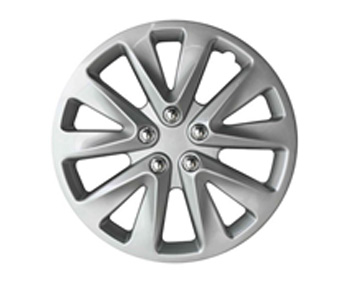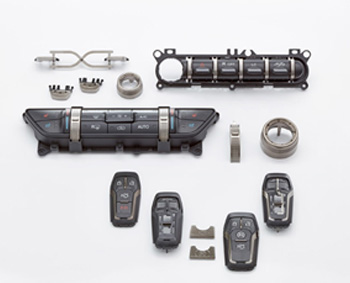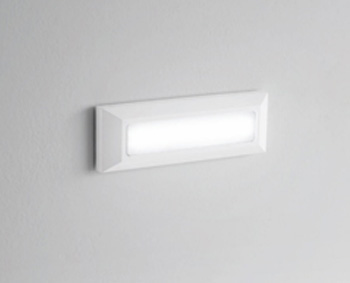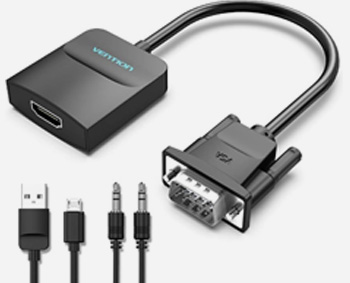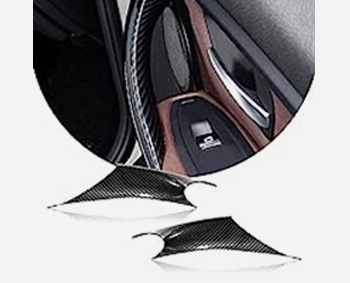Sy. No.471/A, Nr. Prathna Farms, Canal Road,At.Manjusar. Tal: Savli. Vadodara


Sy. No.471/A, Nr. Prathna Farms, Canal Road,At.Manjusar. Tal: Savli. Vadodara
Polycarbonate/acrylonitrile butadiene styrene (PC-ABS) is an engineering thermoplpastic created from a blend of PC and ABS. The unique balance of properties is dependent on the ratio of PC to ABS in the blend. Engineers and product teams turn to PC-ABS when their use case requires the toughness and heat-resistance offered by PC along with the ductility and processability offered by ABS. PC-ABS is also a more cost-effective alternative to PC. PC-ABS plastic is used to make Automotive Interior Parts, Alloy Wheel, Connection Devices, Overhead and middle consoles, Knee bolsters, TV frames, Laptop monitor enclosures, Phone exteriors
The most common processing method for PC/ABS is injection molding, although other techniques such as extrusion and thermoforming can also be employed.
